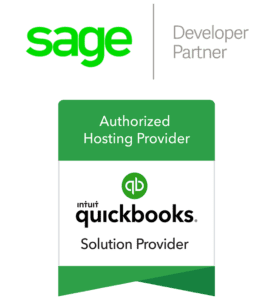A cloud strategy is crucial to developing and safeguarding an IT organization. A cloud strategy aligns teams across an organization and guides the operation and adoption of cloud uses on a daily basis. While this can feel like a daunting task, it is well worth the effort to have a high-level analysis of the cloud technologies and tools your business uses and what the priorities are for operations.

Identify Objectives
Define what tech-related goals your business wants to achieve by utilizing the cloud, including utilizing SMART as a guiding tool. Closely examine the challenges that your business faces and how cloud migration will help to achieve those goals.
S: Specific
M: Measurable
A: Agreed Upon
R: Realistic
T: Time-Specific
Determine Your Business Baseline
Examine the state of your business goals and how advanced cloud computing tools will help you achieve those milestones. Incorporate financial considerations, as cloud technology includes investment into new resources that will be incorporated into your budget.
Prioritize Capabilities
Explore the capabilities that are desired at every level of your company. From daily needs to your staff to the computing power needed by the owners – what resources are urgently needed and how to they fit into your tech and business baseline? Some common considerations are:
- The type of cloud you want to implement — public, private, or hybrid
- Provisioning and coding capabilities
- Business intelligence
- KPIs
- Workload requirements
- Security
- Adopability
- Intuitiveness
- Cloud architecture
- Support team requirements
Develop Implementation Plan
Build a cloud implementation plan including benefits of cloud transitions, management framework, resource distribution, prioritizing cloud efforts, creating best practices, establishing governance and a support plan, and finally, cloud integration.
Select a Framework
Decide on the ideal cloud environment and tailor your internal business structure to support the needs and requirements of using the cloud. Does your business organization need to shift to adjust to the cloud? Do your employees have the skills needed?
Monitor and Analyze
Transitioning to the cloud takes trial and error. Start the implementation process with a select group of individuals that can accurately represent every facet of your business.
Integrate New Processes
Widely distribute and integrate the new processes and information to your team. Support them in adjusting to the new information and provide background on how this decision ties into business principles. Just as every business plan has an exit strategy – it is helpful to have one for your cloud decision in the event that it does not work out as planned. This will ensure awareness and safe steps for your business in the event that you need to roll back.

